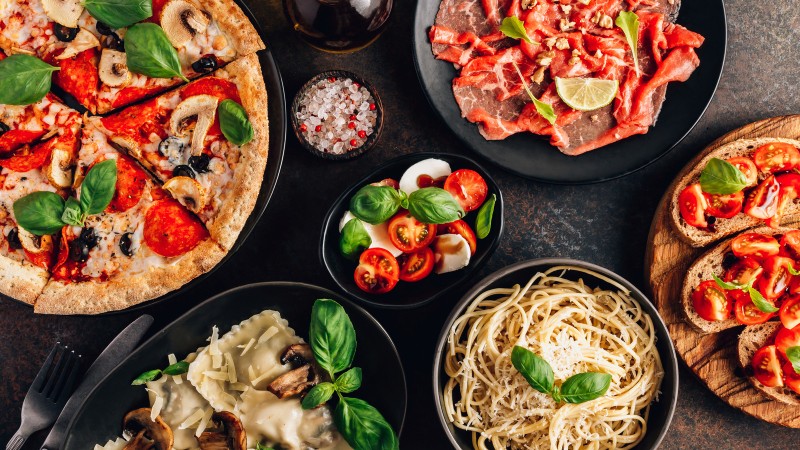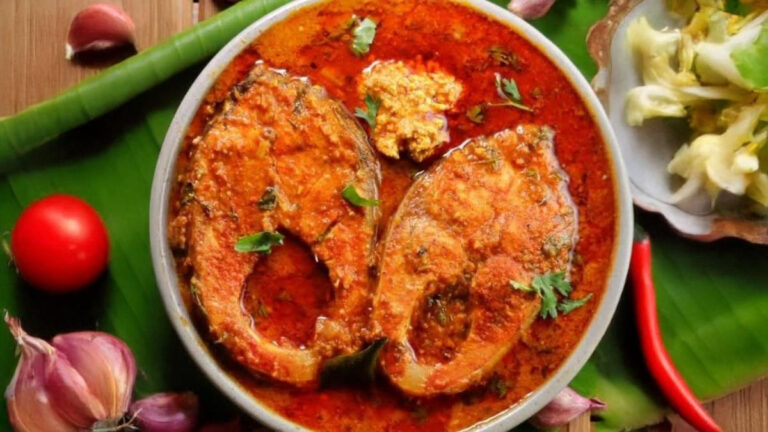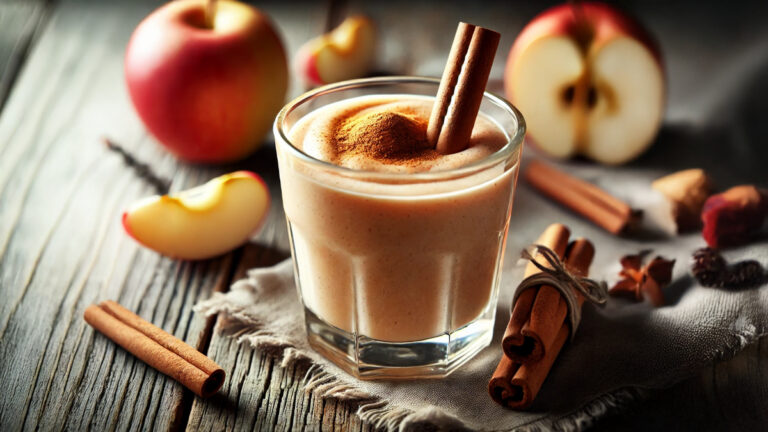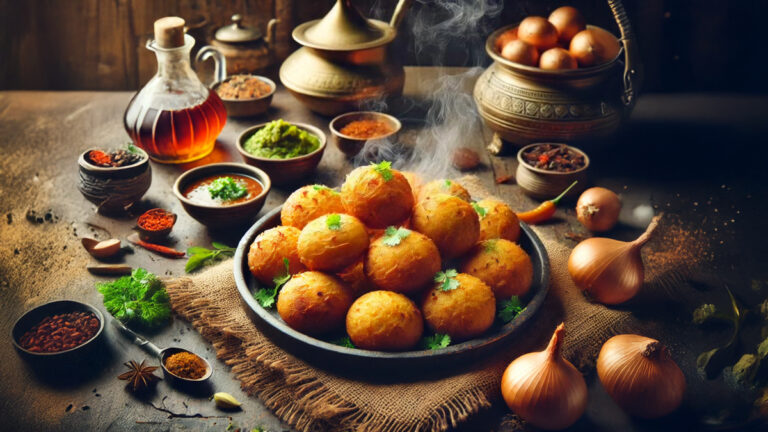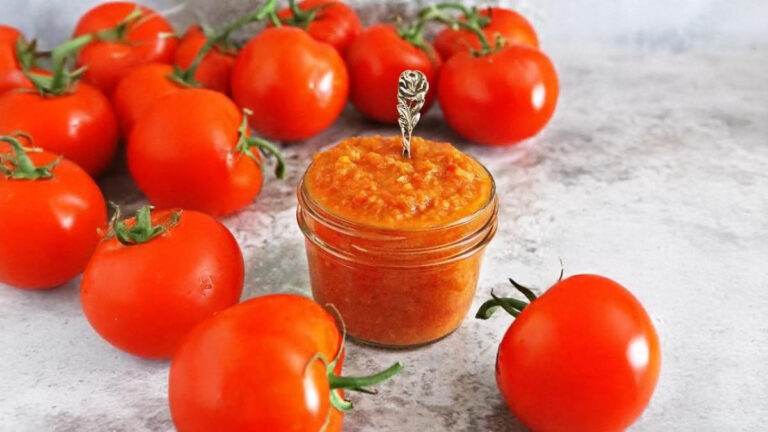Italian cuisine is renowned around the world for its rich flavors, diverse ingredients, and deep-rooted culinary traditions. With a history that spans centuries, Italian cuisine has evolved and developed over time, influenced by various cultural, regional, and historical factors. From the simple yet delicious pasta dishes to the complex and intricate flavors of Italian desserts, the cuisine of Italy is a testament to the country’s passion for food and its commitment to culinary excellence.
Key elements of Italian cuisine: Ingredients
One of the key elements of Italian cuisine is its emphasis on fresh, high-quality ingredients. Italians take great pride in using locally sourced, seasonal produce to create their dishes. From ripe tomatoes and fragrant basil to extra virgin olive oil and artisanal cheeses, the ingredients used in Italian cooking are chosen for their flavor and quality.
Pasta is perhaps the most iconic symbol of Italian cuisine. Italy is the birthplace of pasta, and there are hundreds of different shapes and varieties available. Whether it’s spaghetti, linguine, or penne, pasta is a staple in Italian households. It can be enjoyed with a variety of sauces, ranging from simple tomato and basil to creamy carbonara or hearty Bolognese.

One of the most loved food in Italian cuisine: Pizza
Another essential component of Italian cuisine is pizza. Originating from Naples, pizza has become a global sensation. Traditional Neapolitan pizza is characterized by its thin, chewy crust and minimal toppings. The classic Margherita pizza, with its simple combination of tomato sauce, mozzarella cheese, and fresh basil, remains a favorite among pizza lovers worldwide.
It also boasts a wide range of antipasti, or appetizers. These dishes are typically served before the main course and are meant to whet the appetite. Bruschetta, made with grilled bread topped with tomatoes, garlic, and olive oil, is a popular antipasto dish. Other antipasti include cured meats like prosciutto and salami, marinated vegetables, and a variety of cheeses.
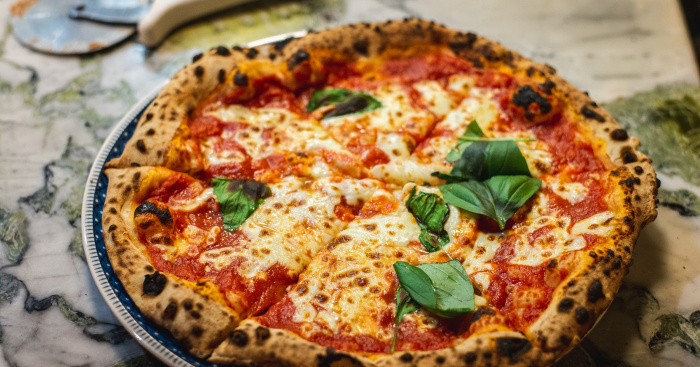
Lets move to the C- Fooooood
When it comes to main courses, Italian cuisine offers a diverse array of options. Seafood plays a prominent role, especially in coastal regions. Dishes like spaghetti alle vongole (spaghetti with clams) and branzino al sale (salt-crusted sea bass) showcase the freshness and delicate flavors of the Mediterranean. Inland, you’ll find hearty meat dishes like ossobuco (braised veal shanks) and bistecca alla Fiorentina (Florentine-style steak).
It is also known for its regional specialties. Moreover, each region in Italy has its own distinct culinary traditions and signature dishes. In the north, creamy risottos and rich polenta are popular, while the south is known for its spicy Calabrian sausages and fresh seafood. The island of Sicily offers unique dishes that blend Italian, Arab, and Greek influences, such as arancini (fried rice balls) and cannoli (fried pastry tubes filled with sweet ricotta cream).
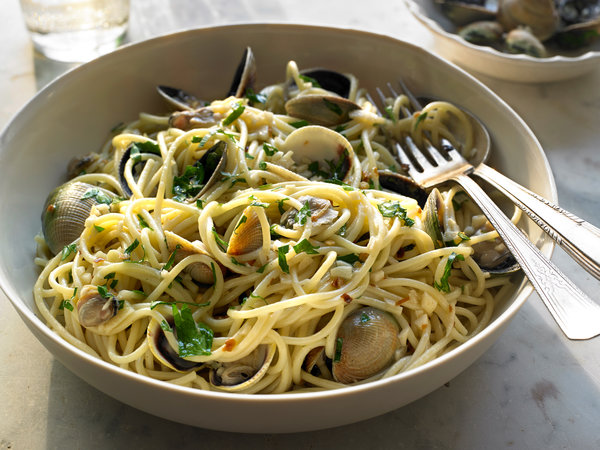
D-D-D-D- Desserts
No discussion of Italian cuisine would be complete without mentioning the delectable desserts. Italy is also famous for its gelato, a creamy and flavorful ice cream made with fresh ingredients. Tiramisu, a layered dessert of coffee-soaked ladyfingers and mascarpone cheese, is another beloved Italian treat. Other popular desserts include panna cotta, cannoli, and panettone, a sweet bread typically enjoyed during the Christmas season.
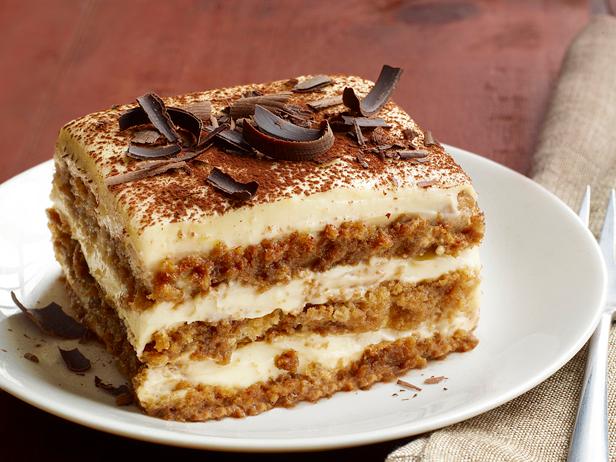
Italian cuisine is a celebration of flavor, simplicity, and quality ingredients. Moreover, from the humble pasta dishes to the exquisite desserts, it has a wide range of offerings that cater to all tastes. Whether you’re enjoying a traditional meal in a trattoria or cooking an Italian recipe at home, the flavors and traditions of Italy are sure to leave a lasting impression on your palate.

